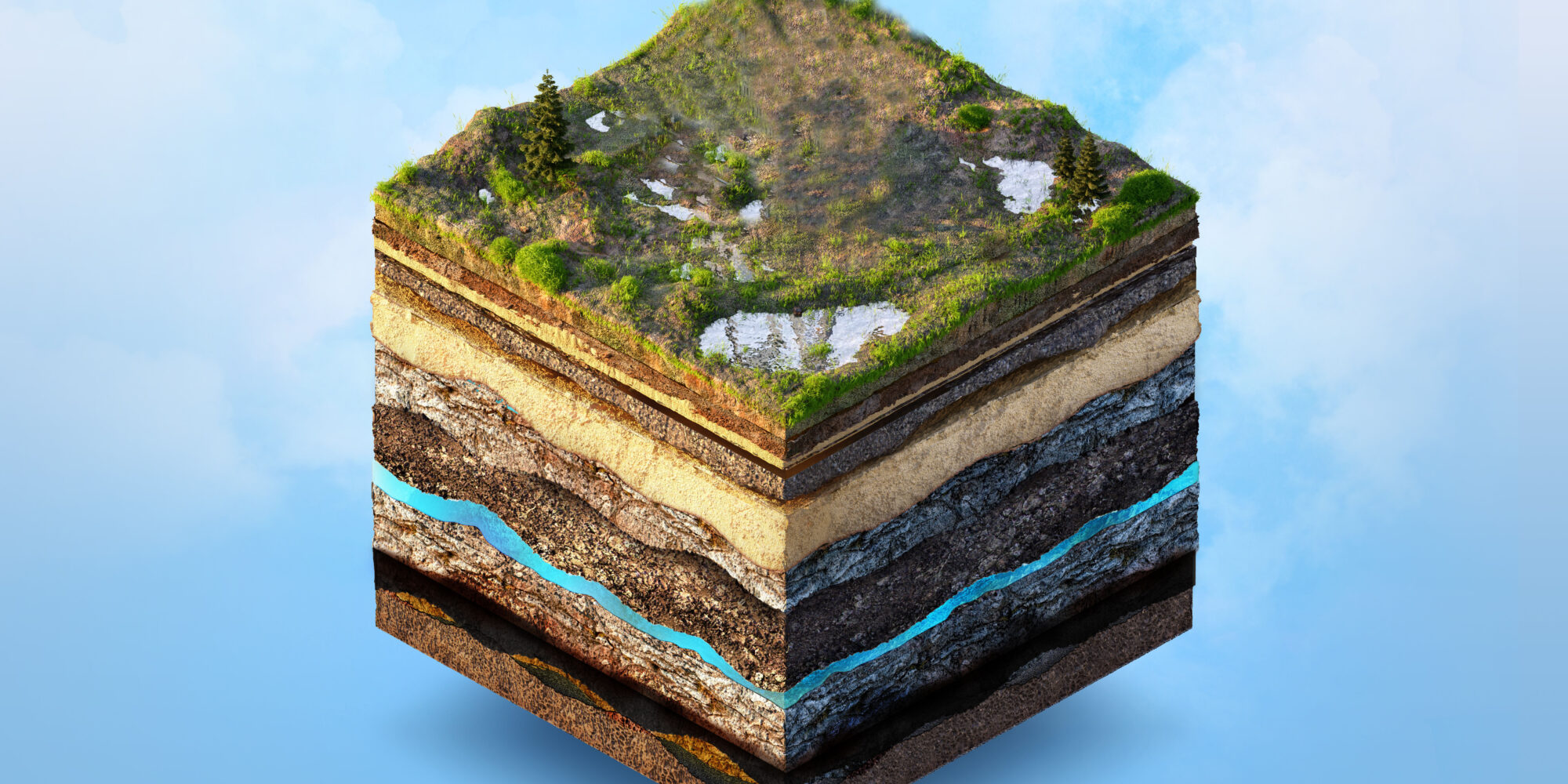Cutting-edge Uses of Geotheta in Modern Geotechnical Technique
Cutting-edge Uses of Geotheta in Modern Geotechnical Technique
Blog Article
Diving Into Geotechnical Services: the Vital Duty of Soil Analysis, Quake Danger Analysis, and Geosynthetics in Building Lasting and Safe Frameworks
Dirt analysis, earthquake threat evaluation, and the execution of geosynthetics are vital parts that make sure the honesty and long life of buildings. By understanding the composition of the soil, forecasting seismic hazards, and integrating cutting-edge materials, engineers can alleviate risks and boost the strength of facilities.

Value of Dirt Analysis
Recognizing the significance of dirt evaluation is essential in ensuring the architectural stability and security of any type of building job. Dirt evaluation provides essential information concerning the dirt composition, stamina, and possible dangers that may affect the structure of a framework. By conducting thorough soil evaluation, engineers can establish the appropriate foundation style, building and construction methods, and necessary precautions to reduce any kind of potential dangers.
One of the main reasons soil evaluation is vital is its duty in identifying dirt buildings that could impact the security of a building. Factors such as dirt bearing capability, settlement characteristics, and water content can substantially affect the architectural performance of a construction project. Without appropriate dirt evaluation, the foundation might go to risk of settling unevenly, leading to structural damage or perhaps collapse with time.
Additionally, dirt analysis helps in evaluating the threat of all-natural calamities such as quakes, floods, or landslides. By comprehending the soil's actions under various problems, engineers can carry out suitable measures to improve the durability of the structure and ensure the safety and security of passengers. geotheta. Finally, soil evaluation is an essential action in the building process that should never ever be neglected
Assessing Quake Risks
Provided the essential role of soil analysis in identifying structural stability, it is important to likewise analyze quake threats when preparation and constructing buildings and framework. Quake danger evaluation includes examining the prospective seismic dangers that a site might deal with based on its place and geological characteristics. This procedure helps engineers and developers comprehend the level of risk postured by quakes and aids in designing frameworks that can hold up against such events.
Examining quake risks typically includes studying historical seismic activity in the region, identifying the website's closeness to fault lines, and analyzing the dirt structure to predict exactly how the ground will react to seismic waves. By conducting a complete quake risk assessment, engineers can carry out ideal mitigation steps, such as integrating seismic-resistant design functions right into buildings, to enhance their strength against earthquakes.

Duty of Geosynthetics
Geosynthetics play a vital role in enhancing the efficiency and resilience of civil design frameworks. One essential element of geosynthetics is their reinforcement capability, where they can improve the stamina of soils, offering improved assistance for roads, embankments, and keeping walls.
They are also used in water drainage applications to assist in the effective flow of water, avoiding saturation and disintegration of soil. In enhancement to their technical features, geosynthetics are valued for their sustainability, as they can minimize the need for all-natural sources and lower construction costs.
Structure Sustainable Structures
The application of environmentally conscious techniques in building and construction is essential for promoting the advancement of lasting frameworks. Building sustainable frameworks includes making use of products and layout techniques read review that lessen environmental influence, lower power intake, and promote long-term strength. Integrating sustainable methods such as utilizing recycled products, maximizing power effectiveness, and applying eco-friendly structure certifications like LEED can dramatically boost the ecological efficiency of a framework.
One secret element of building sustainable frameworks is the reliable use sources. This consists of creating structures that make the most of natural light, air flow, and insulation to decrease the reliance on fabricated illumination, home heating, and cooling systems. In addition, integrating eco-friendly energy sources such as photovoltaic panels or wind turbines can even more lower the special info carbon footprint of a structure while also possibly decreasing lasting energy costs.
In addition, lasting frameworks typically prioritize water conservation by integrating features like rain harvesting systems, low-flow components, and drought-resistant landscaping. By adopting these eco pleasant methods, construction jobs can not just minimize their environmental impact however likewise contribute to creating healthier and a lot more resilient built atmospheres for future generations.
Ensuring Security in Construction
In the world of sustainable building and construction methods, a basic top priority is making certain the safety and security of all personnel entailed in the building procedure. Safety in construction encompasses various elements, consisting of the usage of correct personal safety equipment (PPE), adherence to security protocols, regular training on danger acknowledgment and mitigation, and the execution of emergency feedback plans.

Conclusion
To conclude, soil evaluation, earthquake threat assessment, and using geosynthetics play crucial roles in making certain the sustainability and safety of frameworks. By understanding the properties of dirt, assessing earthquake risks, and utilizing geosynthetics for reinforcement, designers can construct structures that are both resilient and durable. It is crucial for building experts to focus on these geotechnical solutions to develop sustainable and secure buildings for the future.
Soil evaluation, earthquake risk assessment, and the implementation of geosynthetics are essential components that ensure the integrity and durability of buildings. Soil analysis supplies essential info about the dirt composition, toughness, and prospective threats that may impact the structure of a structure.One of the main reasons soil analysis is important is its function in determining soil residential or commercial properties that might influence the stability of a structure.In conclusion, dirt analysis, quake danger evaluation, and the use of geosynthetics play vital roles in making certain the sustainability and safety of structures. By understanding the residential or commercial properties of soil, examining quake risks, and making use of geosynthetics for support, designers can develop frameworks that are both sturdy and resilient.
Report this page